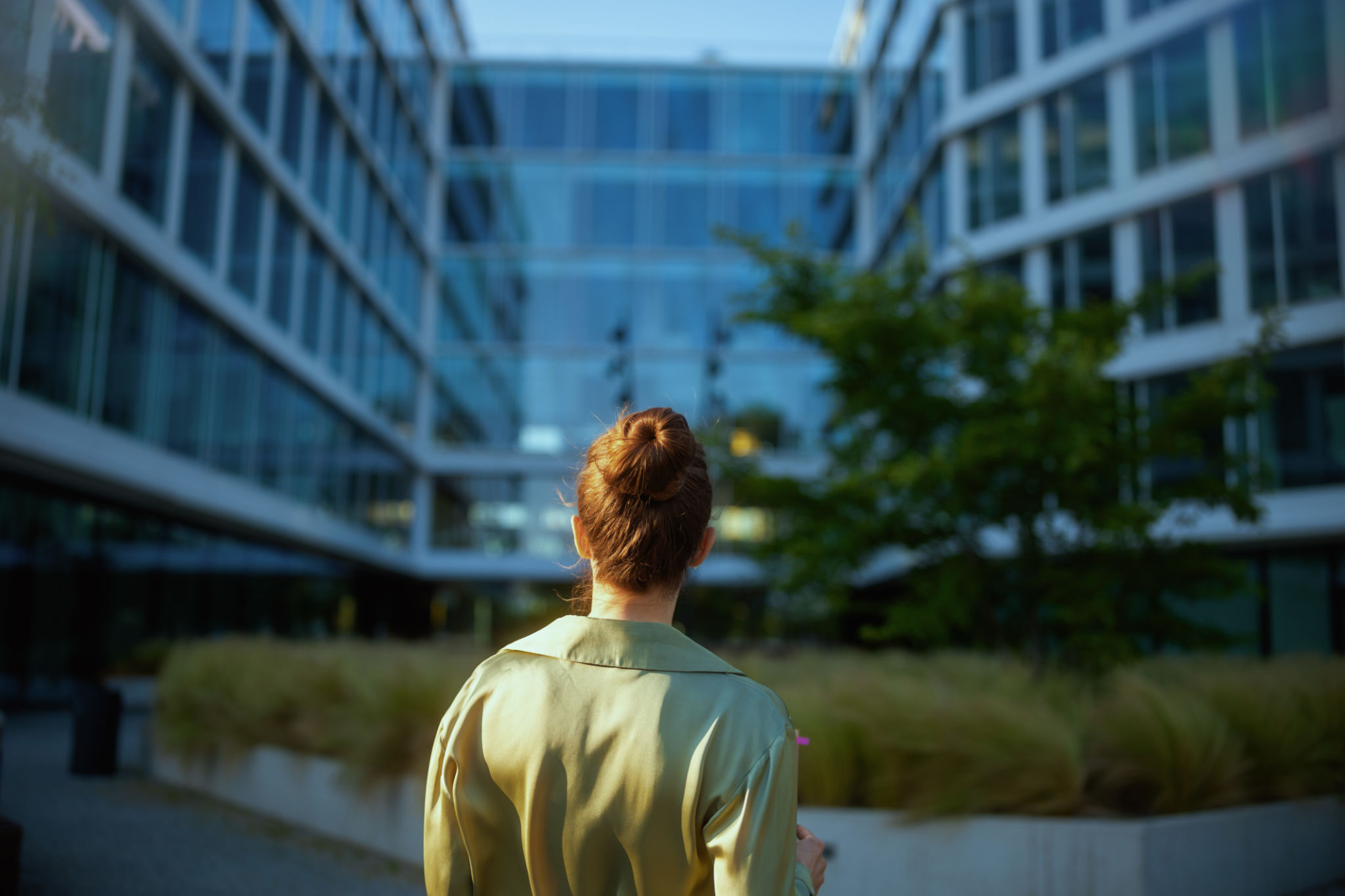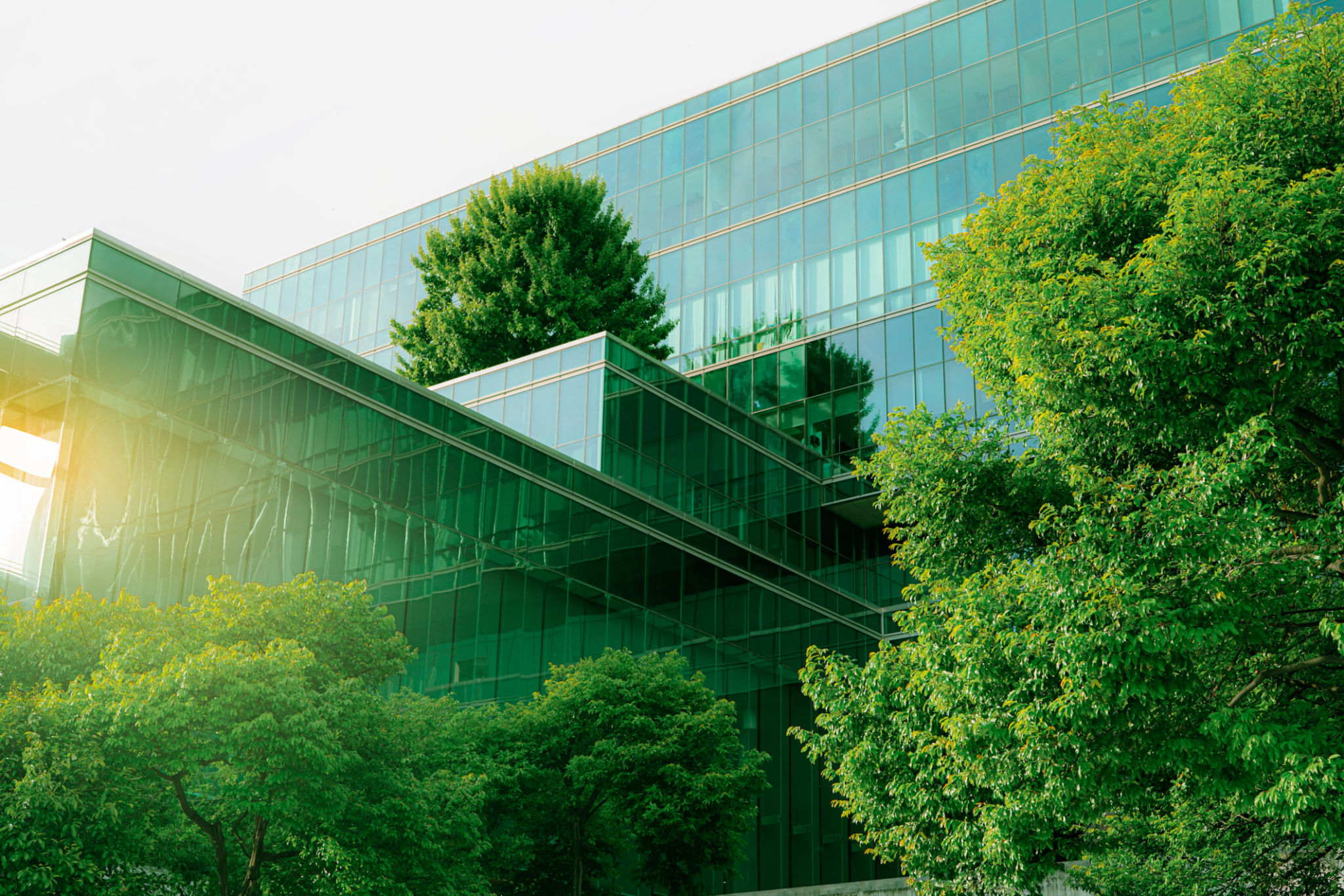Comparing Traditional vs. Eco-Friendly Masonry Materials
HS
Introduction to Masonry Materials
Masonry materials have been a staple in construction for centuries, providing durability and strength to buildings and structures. However, with the growing awareness of environmental issues, the construction industry is increasingly considering eco-friendly alternatives to traditional masonry materials. This comparison explores the differences between traditional and eco-friendly masonry options, highlighting their benefits and drawbacks.

Traditional Masonry Materials
Traditional masonry materials include brick, concrete, and stone. These materials are known for their robustness and longevity. Brick, for example, is a classic choice that offers a timeless aesthetic while providing excellent thermal insulation. Concrete, on the other hand, is praised for its versatility and strength, making it suitable for various construction applications.
Despite these advantages, traditional materials have ecological drawbacks. The production processes for brick and concrete are energy-intensive, resulting in significant carbon emissions. Moreover, the extraction of raw materials often leads to habitat destruction and resource depletion.
Eco-Friendly Masonry Alternatives
Eco-friendly masonry materials are designed to minimize environmental impact while maintaining structural integrity. Options such as recycled concrete aggregate (RCA), fly ash bricks, and hempcrete have gained popularity. RCA utilizes crushed concrete from demolished structures, reducing the need for new raw materials. Fly ash bricks incorporate by-products from coal combustion, turning waste into usable building material.

Hempcrete is another innovative solution, made from the woody core of hemp plants mixed with lime. It offers excellent insulation properties and is highly breathable, reducing the need for artificial heating and cooling systems.
Comparing Performance and Cost
When comparing performance, eco-friendly materials often match or exceed traditional options in terms of durability and thermal efficiency. Hempcrete, for instance, provides natural insulation that can lead to energy savings over time. Fly ash bricks are not only strong but also offer resistance to water damage and pests.
- Sustainability: Eco-friendly materials are more sustainable, reducing reliance on non-renewable resources.
- Cost: Initial costs may be higher for eco-friendly options, but long-term savings in energy and maintenance can offset these expenses.
Environmental Impact
The shift towards eco-friendly masonry materials is motivated by the need to reduce environmental impact. Traditional masonry production contributes significantly to greenhouse gas emissions. In contrast, many eco-friendly materials are designed to have a lower carbon footprint.

Materials like hempcrete not only absorb carbon dioxide during their growth but also continue to capture CO2 over their lifespan. This makes them an attractive option for builders looking to improve their project's sustainability credentials.
Conclusion
The choice between traditional and eco-friendly masonry materials ultimately depends on the specific needs of a project. While traditional materials offer familiarity and proven performance, eco-friendly alternatives provide a path toward sustainability with innovative solutions that address environmental concerns.
As technology advances and the demand for greener building practices grows, it is expected that eco-friendly masonry options will become more competitive in both performance and price. Builders and architects should consider both options carefully to align their projects with their ecological values and operational goals.
